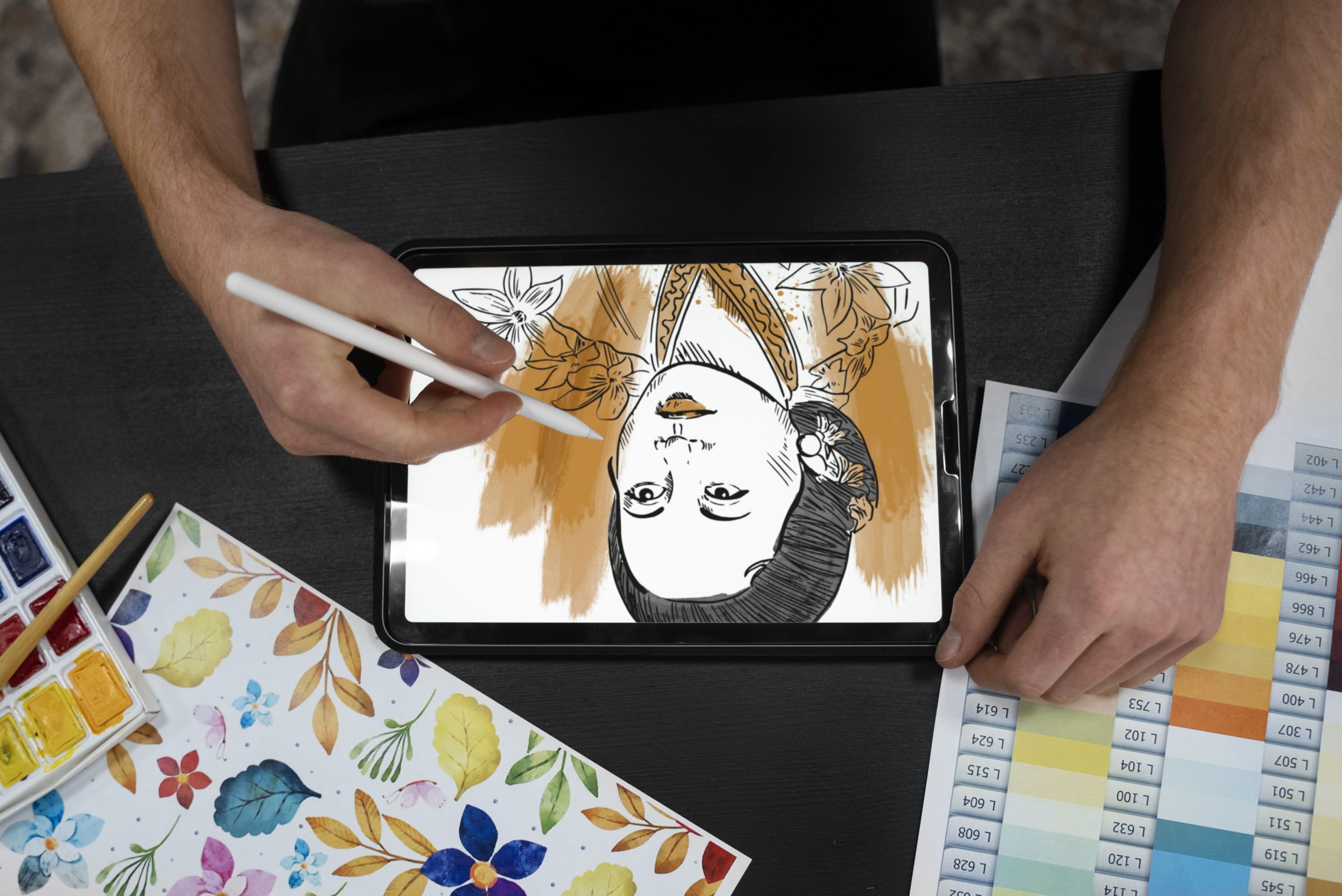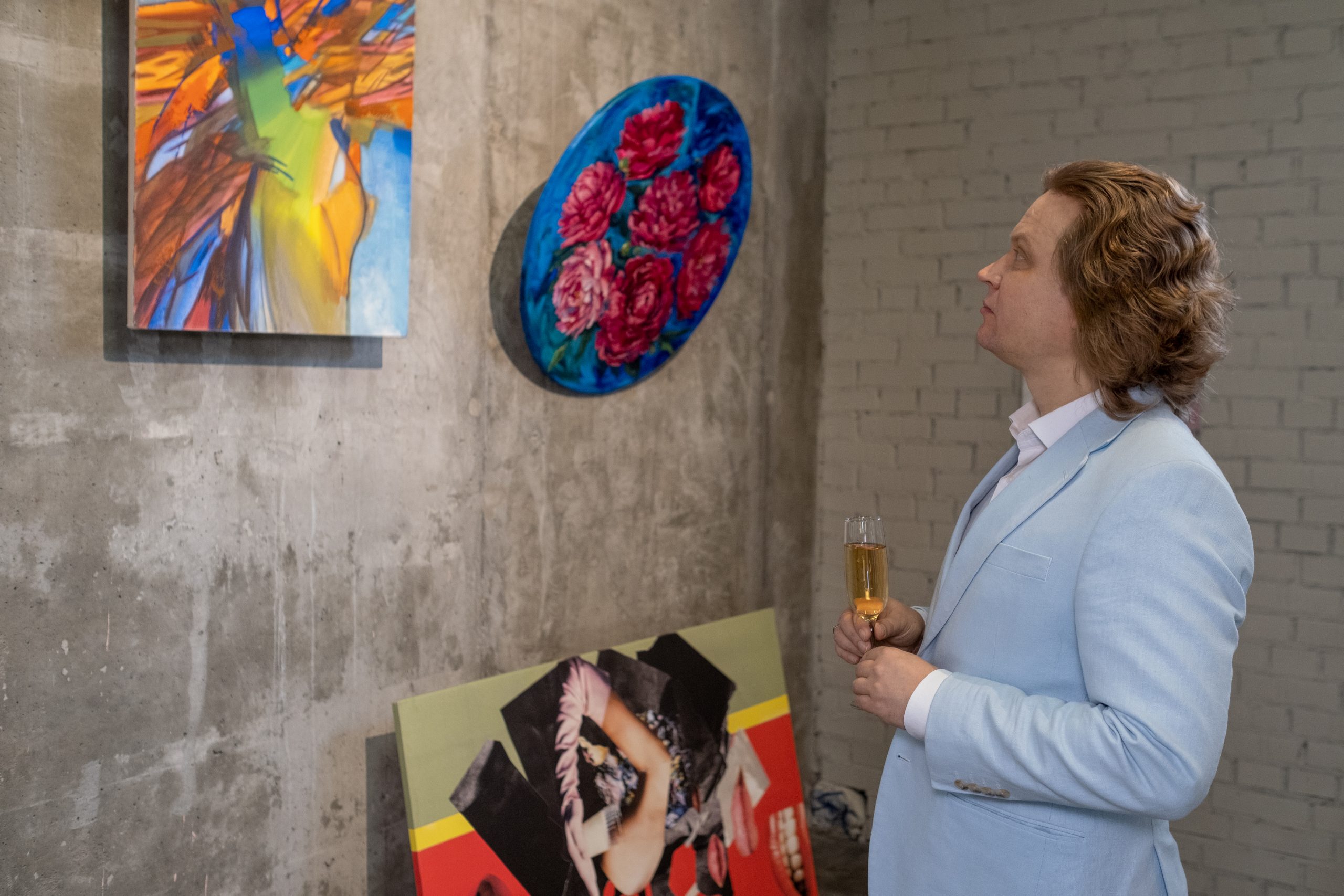In recent years, digital art has emerged as a dominant force in the art world, revolutionizing the way artists create and interact with their audiences. However, while digital platforms provide a vast array of tools and possibilities, traditional mediums like painting, sculpture, and drawing remain integral to artistic expression. This article explores how digital art influences and intersects with traditional mediums, blending technology with age-old techniques.
The Evolution of Digital Art
Digital art is created using digital technology, typically involving software such as Photoshop, Illustrator, or 3D modeling programs. The development of digital tools has opened up new avenues for creative expression, allowing artists to experiment with intricate designs, animations, and virtual installations. Unlike traditional media, digital art can be easily edited, manipulated, and reproduced, offering artists unparalleled flexibility.
The Rise of Digital Platforms
The digital art movement has gained momentum in recent years due to the proliferation of online platforms like Instagram, Behance, and various NFT (non-fungible token) marketplaces. These platforms not only provide a space for digital artists to showcase their work but also offer a new way for artists to reach global audiences. The ease of sharing digital works has democratized art, allowing for instant exposure and direct interaction with collectors and fans.
How Digital Art Influences Traditional Mediums
1. Blending of Techniques
One of the most significant impacts of digital art on traditional mediums is the blending of techniques. Many contemporary artists use both digital and traditional tools in the creation of their works. For example, an artist might begin a painting or drawing by sketching with traditional materials like pencil or charcoal, then scan the artwork into a computer to add color or texture digitally. This fusion of physical and digital techniques allows for greater flexibility and creativity.
Some artists also print their digital works on traditional canvases or use digital tools to enhance sculptures, creating hybrid pieces that blend the tactile nature of physical art with the precision and detail of digital manipulation.
2. Expanded Possibilities for Experimentation
Digital art offers endless opportunities for experimentation. Artists can manipulate their work at a scale and speed not possible with traditional materials. This has led many traditional artists to incorporate digital tools into their creative processes, expanding their artistic vocabulary and enhancing the scope of their work. From digital sketches to augmented reality sculptures, the fusion of traditional and digital mediums allows for greater exploration of concepts, ideas, and visual styles.
3. Preservation and Restoration
Digital technology has also become essential in the preservation and restoration of traditional art. High-resolution digital scans of paintings, sculptures, and manuscripts can be stored and analyzed without the risk of damaging the original works. Digital art also plays a crucial role in restoring damaged artworks, allowing conservators to use digital simulations to recreate lost sections or restore faded colors.
4. New Forms of Interactive Art
The intersection of digital art and traditional mediums has led to the creation of interactive art experiences. Digital tools like projection mapping and augmented reality (AR) allow traditional sculptures and installations to come to life in new ways. This combination of physical objects with digital elements creates immersive environments where the viewer can engage with the artwork in a dynamic, multi-sensory way.
Traditional Artists Adopting Digital Techniques
While many digital artists work exclusively within the digital realm, several traditional artists have adopted digital tools to enhance their practice. For example, painters might use digital tablets to create preliminary sketches before committing to the final painting on canvas. Sculptors may design their works using 3D modeling software before bringing them into physical form using materials like clay or metal. By embracing digital technology, these artists are expanding their artistic possibilities and creating a more integrated approach to their work.
Digital Art in Museums and Galleries
Museums and galleries have also recognized the influence of digital art on the art world. Many contemporary art institutions now showcase digital art alongside traditional artworks, with exhibitions dedicated to showcasing digital creations and multimedia installations. The inclusion of digital art in these spaces not only acknowledges its importance but also serves to bridge the gap between the digital and traditional art worlds.
The Impact of NFTs
The rise of NFTs has further blurred the lines between digital and traditional art. By turning digital works into exclusive, collectible assets, NFTs provide artists with a new revenue model while granting buyers ownership of a piece of digital art in a way that mimics the traditional art world. This new form of digital ownership has sparked debates about the value and authenticity of digital art, but it is undeniable that NFTs have transformed the relationship between digital and traditional art.
Conclusion
The influence of digital art on traditional mediums is profound and continues to evolve as technology advances. While digital art has created new opportunities for artistic expression, it has also inspired traditional artists to embrace new tools and techniques, resulting in a fusion of the old and the new. The continued exploration of digital and traditional art mediums will shape the future of art, providing fresh ways to experience and engage with creative works.
As digital art and traditional mediums continue to merge, the boundaries of creativity will expand, offering artists limitless possibilities and exciting new ways to connect with their audiences.


